|
"As Crack-Brained As A Brensham Hare"
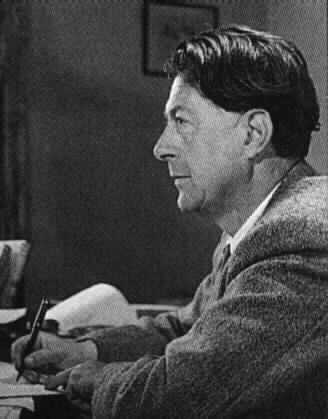
|
| John Moore.1907-1967 |
Crack-Brained....?.....they most certainly were, and are. The term John
Moore uses to describe the village of Brensham, perhaps a good translation is eccentric...and Brensham is certainly that,
as you will find out, if you hunt down and purchase a copy of the book, or even better all three books...but now, let us introduce
you to John Moore, and that incredibly wonderful world, the English countryside, he writes about..........
John Moore
was born in Tewkesbury, in 1907 and, from the 1930s, wrote some forty books most of which were set in the countryside. Long
before conservation became fashionable, he wrote of the threat to our countryside from technological progress. The relevance
of his writings is even more keenly felt in todays climate of concern for all matters, environmental.
He is best remembered
for the three books known as The Brensham Trilogy; Portrait of Elmbury, Brensham Village and The Blue Field. Set in and around
Tewkesbury, and recently successfully republished in the Windrush Press, they have established John Moore as one of the Twentieth
Centurys finest countryside writers.
"He is made one with Nature : there is heard His voice
in all Her music"
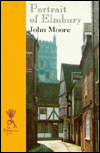
A Selection from The Brensham Trilogy
In each of the books, there is always this preface, the
one quoted here is from Portrait of Elmbury. Elmbury is based on the Gloucestershire town of Tewkesbury, where John Moore
was born.
Confession
"Elmbury" is a
real place in the sense that I have taken as it were the ground-plan of a real town and built somewhat freely upon it. Likewise
this account of the fortunes of its people in the years between the wars is built upon a framework of truth ; but I haven't
hesitated to alter names, to play tricks with time and geography, and where necessary to import one or two original and purely
imaginary wrongdoers in cases where a selection from among our ready-made "Elmbury" ones might have resulted in an action
for libel.
John Moore. January 1945.
And now. the opening section from Portrait of Elmbury, in
which Moore describes the house in which he lived, its garden.
Part One
Through The Window
( 1913 - 1918 )
Background to Childhood
THE LOVELIEST HOUSE in Elmbury,
which was called Tudor House, looked out across a wide main street upon the filthiest slum I have ever set eyes on in England.
Few people saw anything incongruous in this, for in those days Elmbury was a higgledy-piggledy place, of incomparable beauty
and incomparable squalor, and its inhabitants had retained something of the spirit of the Elizabethans, who could enjoy Hamlet
in the interval between an afternoon at the bear-pit and a visit to the brothel, when both bear-pit and brothel lay within
a stone's throw of the theatre.
In Tudor House I spent most of my early childhood. That
is literally true, for apart from brief formal " walks " with Old Nanny we didn't go out much, and since I was erroneously
supposed to be " not very strong " I was always in the condition of having a cold, of having had a cold, or of being liable
to catch a cold if I got wet. So Tudor House was my world ; and with its winding staircases, its dark oak-panelled corridoors,
its numerous exciting junk-rooms and attics, and its curious and delightful back-garden, it provided a domain wide enough
for any small boy.
The garden, especially, was a child's paradise. It was
not too big, so that we knew every stick and stone of it ; and since it was by no means a source of pride either to our parents
or to the occasional odd-jobbing gardener, we could do whatever we liked in it without reproof. Moreover, it had a unique
and thrilling smell, a sort of jungle-smell made up, I suppose, of damp rotting leaves, wet sandstone walls, a stagnant well,
and dead cats in the nearby river : you could scarcely term it a fragrance, but we loved it, somehow we associated it with
adventure and mysterious things.
|
 |
|
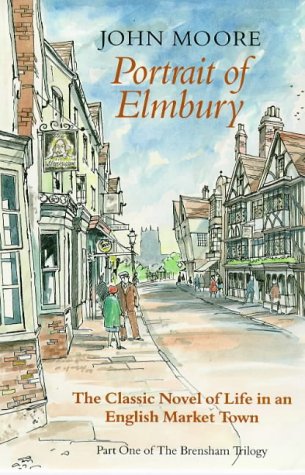
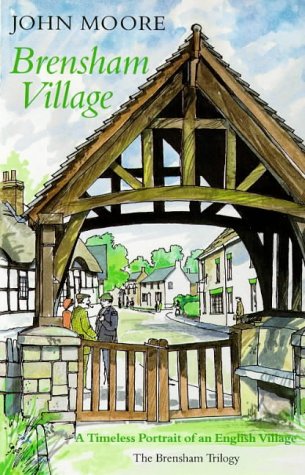
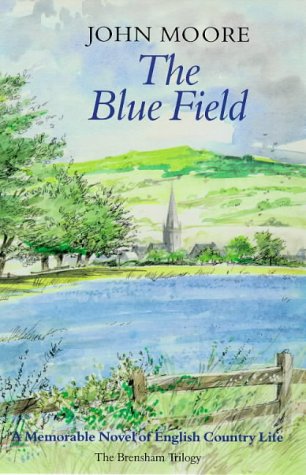

This page is also to found on our
|
 |
|
|
 |
|
|
|

